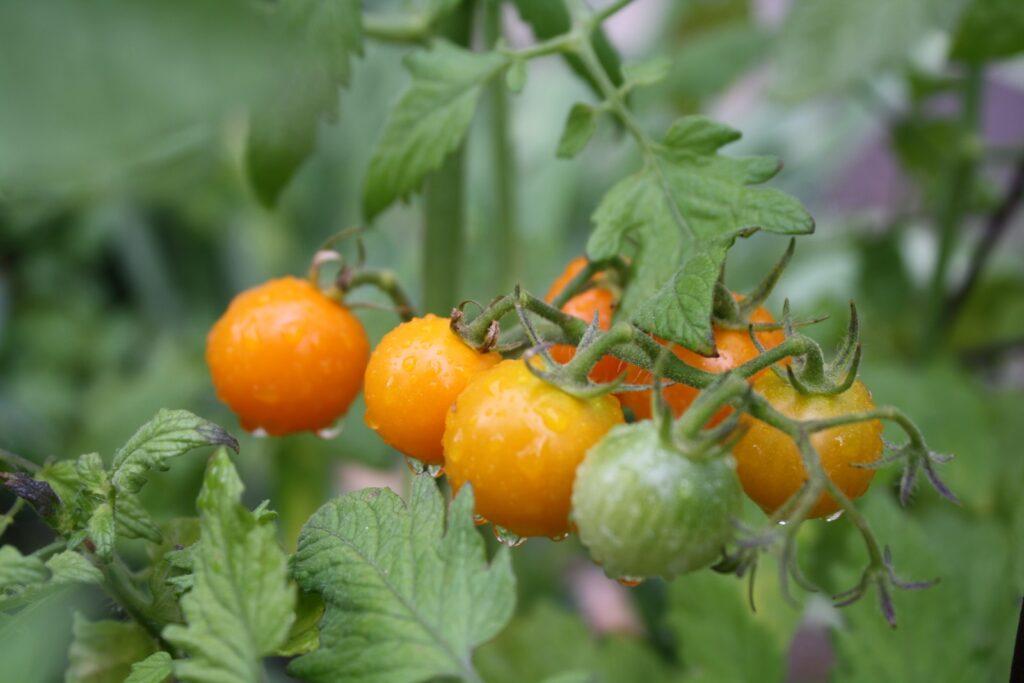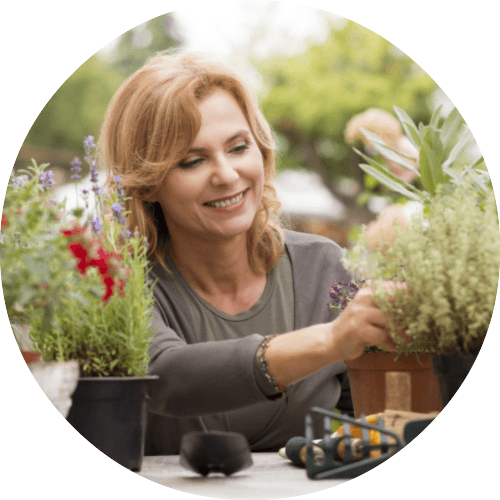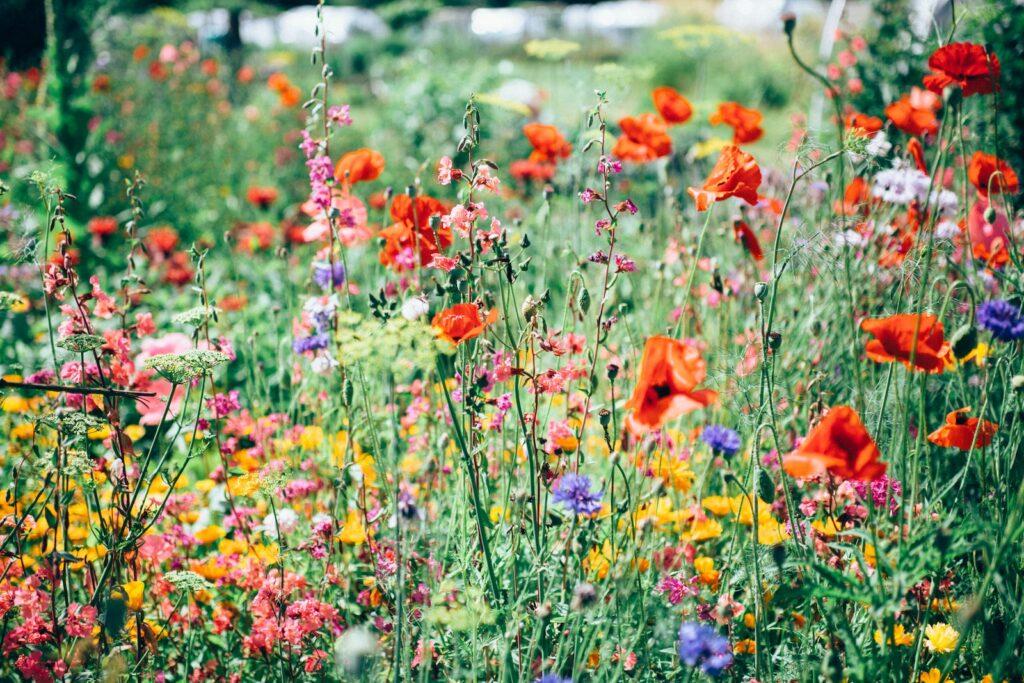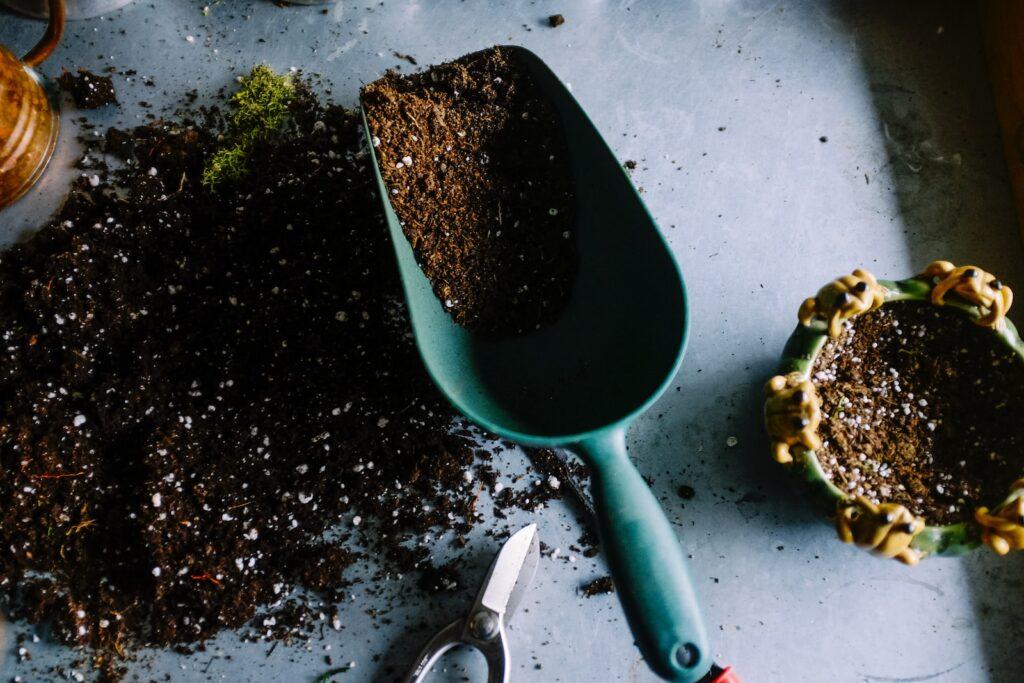Rated & Reviewed is reader-supported. When you buy through links on our site, we may earn an affiliate commission. Learn more.
Gardening is a rewarding activity that can benefit your physical and mental health. However, not everyone has access to a large yard or garden. If you live in an urban area or have limited outdoor space, don’t worry! You can still cultivate a beautiful and bountiful garden with small-space gardening.
In this post, we’ll share tips and tricks for gardening in small spaces. We’ll cover container gardening, vertical gardening, and raised bed gardening. Whether you have a small balcony, patio, or window sill, you’ll find ideas and inspiration for growing your own herbs, fruits, and vegetables.

Benefits of Small-Space Gardening
Small-space gardening offers several advantages. First, it allows you to grow fresh produce in urban areas where fresh fruits and vegetables may be hard to come by. Second, it can save you money on groceries since you can grow your own food. Third, it has environmental benefits such as reducing carbon emissions by decreasing the distance your food travels.
Moreover, gardening in small spaces can benefit your health by providing you with fresh air and exercise. Gardening is known to reduce stress, improve mood, and boost mental well-being. Additionally, it provides a sense of accomplishment and satisfaction when you harvest your own produce.
So, if you’ve been hesitant to start gardening because you don’t have a lot of space, don’t worry! With the right techniques and some creativity, you can enjoy the benefits of gardening in small spaces. Let’s dive into some tips and tricks for container gardening!
Container Gardening Tips
Container gardening is an excellent option for those with limited space. It involves growing plants in pots, hanging baskets, and window boxes. This type of gardening is great for small balconies, patios, and even indoors.
The first step to successful container gardening is choosing the right container. The container should be the appropriate size for the plant you want to grow and have drainage holes to prevent overwatering. You can find containers made of plastic, terracotta, ceramic, or even recycled materials.
Next, choose the right soil and fertilizer for your plant’s specific needs. Most container plants require a lightweight soil mix that provides good drainage. You can also use organic fertilizers that are safe for container plants.
When selecting plants for container gardening, consider their size, growth habits, and environmental requirements. Some plants that thrive in containers include herbs, tomatoes, peppers, salad greens, and strawberries. Be sure to place the container in a spot that receives adequate sunlight and water the plants regularly.
Following these tips will help you create a beautiful container garden that produces delicious and nutritious fruits and vegetables. But, if you’re looking for ways to maximize your small space, stay tuned for our next section on vertical gardening!
Vertical Gardening Tips
Don’t have a lot of horizontal space for gardening? Try vertical gardening! Vertical gardening allows you to grow plants upward, rather than outward, making it a great option for small spaces.
To start vertical gardening, you’ll need to choose the right structure. Trellises, fences, and wall planters are all great options for vertical gardening. Make sure that your structure is sturdy and able to support the weight of your plants.
Next, choose the right soil and fertilizer for your vertical garden. The soil you choose should be lightweight and well-draining, as vertical gardens can be prone to waterlogging. Fertilizers will vary depending on the type of plant you’re growing, so make sure to do your research before making a purchase.
When selecting plants for your vertical garden, consider their growth habits and how much sunlight your space receives. Vining plants like cucumbers and squash are great for trellises, while herbs and lettuce are well-suited for wall planters.
Related Articles
Raised Bed Gardening Tips
If you have a little more space to work with, consider raised bed gardening. Raised bed gardening involves building a bed above ground and filling it with soil, making it a great option for growing plants in small spaces.
To start raised bed gardening, you’ll need to choose the right material for your bed. Wood, concrete blocks, and galvanized steel are all popular options for raised bed gardening. Make sure that your chosen material is sturdy and able to hold the weight of the soil.
Next, choose the right soil and fertilizer for your raised bed. The soil you choose should be rich in nutrients and well-draining, as raised beds can be prone to waterlogging. Fertilizers will vary depending on the type of plant you’re growing, so make sure to do your research before making a purchase.
When selecting plants for your raised bed, consider their growth habits and how much sunlight your space receives. Vegetables like tomatoes and peppers are great for raised beds, while herbs and flowers can add a decorative touch to your space.
Tips for Maximizing Small-Space Gardening
Whether you’re container gardening, vertical gardening, or raised bed gardening, there are plenty of ways to maximize your small space for gardening.
One way to maximize your space is to use hanging baskets. Hanging baskets are a great way to add vertical interest to your space while also freeing up ground space for other plants. You can hang baskets from a trellis or fence, or even from a balcony railing for a touch of greenery.
Another way to maximize your space is to optimize sunlight and water usage. Make sure to place your plants in areas with the right amount of sunlight for their needs, and consider using a drip irrigation system to conserve water.
Composting and recycling can also help you maximize your small space for gardening. Compost your kitchen scraps and yard waste to create rich, nutrient-dense soil for your plants. You can also recycle items like plastic bottles and containers to use as planters or garden decorations.
Common Questions About Small-Space Gardening (FAQs)
Wondering where to start with small-space gardening? Here are some common questions and answers to help you get started:
What are the best plants for small-space gardening?
There are plenty of plants that do well in small spaces, including herbs, lettuce, cherry tomatoes, and vining plants like cucumbers and squash. Make sure to choose plants that are suited for your space and the amount of sunlight they will receive.
How do I choose the right container for my plants?
When choosing a container, make sure that it has proper drainage holes and is the right size for your plant. Pots, hanging baskets, and window boxes are all great options for container gardening.
How often should I water my container plants?
The frequency of watering will vary depending on the type of plant and the size of your container. As a general rule, check your plants daily and water when the top inch of soil feels dry to the touch.
What soil should I use for raised beds?
The soil you choose for raised beds should be well-draining and rich in nutrients. Consider using a mix of compost, topsoil, and sand for best results.
What are the benefits of vertical gardening?
Vertical gardening allows you to grow plants upward, rather than outward, making it a great option for small spaces. It also adds visual interest to your space and can help minimize soil erosion.
Conclusion
With container gardening, vertical gardening, and raised bed gardening, there are plenty of ways to garden in small spaces. By choosing the right containers, structures, and soil, you can grow all sorts of plants in your small space and enjoy the benefits of homegrown produce and a beautiful garden. With these tips and tricks, you’ll be on your way to creating a thriving small-space garden in no time.
Amazon and the Amazon logo are trademarks of Amazon.com, Inc, or its affiliates.


